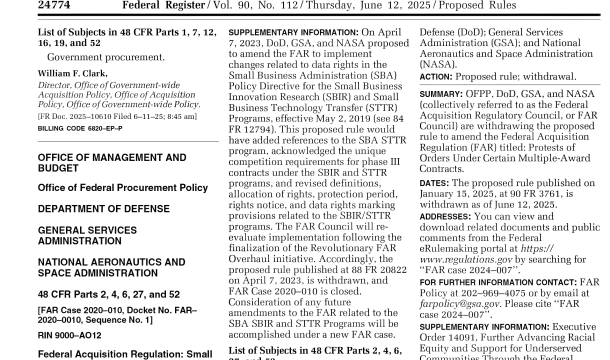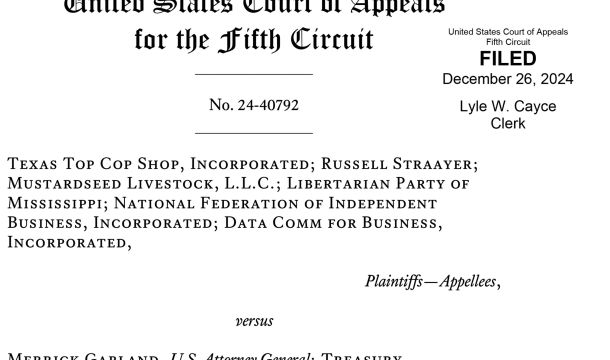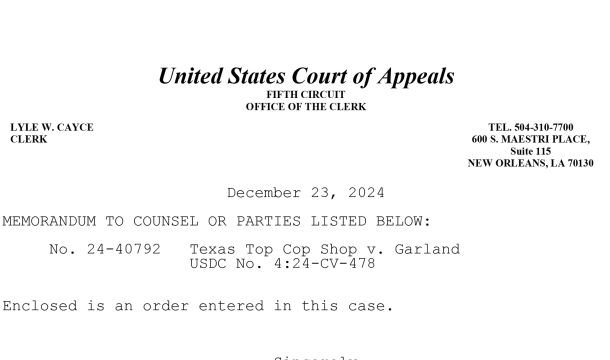The GovCon Bulletin™
Proposed DFARS Rule Catches Up To Trump Admin “Buy American” Executive Order
As we wrote about in a prior Bulletin (here), in January 2021, the U.S. Department of Defense (DoD), General Services Administration, and National Aeronautics and Space Administration issued a final rule amending the “Buy American” regulations under the Federal Acquisition Regulations (FAR) to increase the “domestic content” requirement under the regulations to 55 percent for items not wholly or predominantly iron or steel and to increase the price preference for domestic products. These changes to FAR were intended to implement Executive Order 13881, Maximizing Use of American-Made Goods, Products, and Materials, issued under the Trump administration. However, as we explained in another Bulletin (here), more recently, proposed changes to FAR that were announced in August 2021 after the Biden administration issued Executive Order 14005, Ensuring the Future is Made in All of America by All of America’s Workers, would gradually increase the domestic content threshold for items not wholly or predominantly made of iron or steel further to 75 percent and would provide a framework through which higher price preferences are applied to end products and construction materials that are critical or that are made up of critical components and/or critical items.
As for DFARS, a recently proposed rule by DoD amends the "Buy American" rules in DFARS Part 225 to make changes that conform to E.O. 13881 but stops short of meeting the higher domestic content thresholds required by E.O. 14005. Specifically, under the proposed DFARS rule, the definitions of “domestic end product” and “domestic construction material” are separated in order to differentiate between end products and construction material that consist of iron, steel, or a combination of both and those that do not. Under the revised definition of “domestic end product,” an end product that consists wholly or predominantly of iron or steel, or a combination of both, is considered a domestic end product if the end product is manufactured in the U.S., and the cost of iron and steel not produced in the U.S., or a qualifying country, constitutes less than 5 percent of the cost of all the materials used in the end product. For “domestic construction material,” other than fasteners, if the construction material consists wholly or predominantly of iron or steel, or a combination of both, then the cost of iron or steel not produced in the U.S. must constitute less than 5 percent of the cost of all the components used in the construction material.
Also under the proposed DFARS rule, the definition of a “domestic end product" is revised to provide that if an end product does not consist wholly or predominantly of iron or steel, or a combination of both, then it is only considered a domestic end product if the end product is manufactured in the U.S. and the cost of its qualifying country components that are mined, produced or manufactured in the U.S. exceeds 55 percent of the cost of all of its components. This threshold has been raised from 50 percent. Likewise, for “domestic construction material” that is not wholly or predominantly iron or steel, or a combination of both, the cost of its components that are mined, produced or manufactured in the U.S. must exceed 55 percent (also an increase from 50 percent) of the cost of all of its components. In all cases, any components that are of unknown origin are treated as foreign.
Government contractors that produce items to the federal government should be mindful of the FAR “Buy American” requirements revised in January, as well as the proposed FAR and DFARS rule changes. They may also anticipate that, at some point in the future, DoD may propose changes to DFARS that step up the domestic content thresholds even higher to meet the thresholds under E.O. 14005 that are reflected in the proposed FAR rule issued in August 2021.
To read the proposed DFARS Rule go here.
To read other articles from The GovCon Bulletin™ go here.



